What are the Risks Associated with Climbing Kilimanjaro Africa
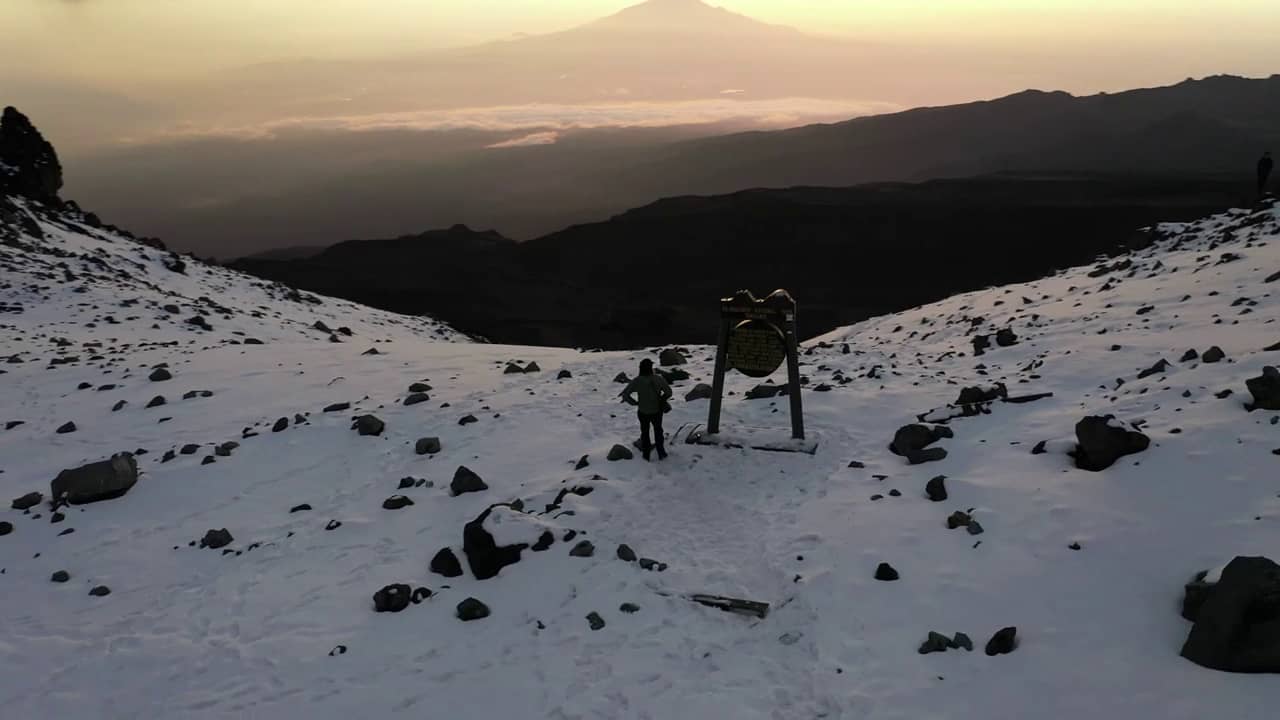
Kilimanjaro, the tallest mountain in Africa, is a popular destination for adventure seekers and mountaineers from around the world. Scaling this majestic peak is a remarkable feat, but it’s essential to be aware of the risks involved. In this article, we will explore the potential dangers and challenges faced by climbers who embark on the journey to conquer Kilimanjaro.
Climbing Kilimanjaro is an incredible adventure, but it is not without risks. It’s vital to understand the potential dangers involved to ensure a safe and successful expedition. Let’s delve into some of the main risks associated with climbing Kilimanjaro in Africa.
Altitude Sickness
Altitude sickness, also known as acute mountain sickness (AMS), is a common risk for climbers ascending Kilimanjaro. As you reach higher altitudes, the air becomes thinner, leading to decreased oxygen levels. This can result in symptoms like headaches, nausea, dizziness, and fatigue. In severe cases, it can progress to more severe forms, such as high-altitude pulmonary edema (HAPE) and high-altitude cerebral edema (HACE), which can be life-threatening.
Extreme Weather Conditions
Kilimanjaro’s weather conditions can be highly unpredictable and challenging. Climbers may encounter sudden temperature drops, strong winds, heavy rainfall, and even snow at higher elevations. These extreme weather conditions can increase the risk of hypothermia, frostbite, and make the climb more difficult and treacherous.
Physical Demands and Fitness Level
Climbing Kilimanjaro requires a certain level of physical fitness and endurance. The ascent involves several days of continuous walking and ascending steep slopes. Insufficient physical preparation and inadequate fitness level can lead to exhaustion, muscle strains, and increased susceptibility to altitude sickness.
Falls and Accidents
The rugged terrain of Kilimanjaro presents the risk of falls and accidents. Climbers need to navigate rocky paths, steep slopes, and potentially icy sections. One wrong step can result in sprained ankles, broken bones, or more severe injuries. It’s crucial to maintain focus, use proper trekking equipment, and adhere to safety guidelines.
Hypothermia and Frostbite
As climbers ascend to higher altitudes, the temperatures drop significantly. Hypothermia and frostbite become real risks, especially during the night and in extreme weather conditions. Proper layering of clothing, wearing insulated gear, and protecting exposed skin are essential to prevent these cold-related injuries.
Dehydration and Heat Exhaustion
While it may seem contradictory, climbers can also face the risk of dehydration and heat exhaustion on Kilimanjaro. The physical exertion, combined with the dry air and high altitude, can cause excessive sweating and fluid loss. It’s crucial to stay hydrated by drinking plenty of water and electrolyte-rich fluids throughout the climb.
Acute Mountain Sickness (AMS)
Acute mountain sickness (AMS) is a prevalent risk when climbing Kilimanjaro. The symptoms can range from mild discomfort to severe illness. Headaches, nausea, loss of appetite, and fatigue are common signs of AMS. It’s essential to acclimatize properly by taking regular breaks, ascending gradually, and recognizing the symptoms early on to prevent further complications.
High-Altitude Pulmonary Edema (HAPE)
High-altitude pulmonary edema (HAPE) is a potentially life-threatening condition that can occur at high altitudes. It involves the accumulation of fluid in the lungs, resulting in severe breathing difficulties. HAPE requires immediate medical attention and often necessitates descent to lower altitudes for treatment.
High-Altitude Cerebral Edema (HACE)
High-altitude cerebral edema (HACE) is another critical condition that can affect climbers at high altitudes. It involves swelling in the brain, leading to symptoms such as confusion, loss of coordination, and altered mental state. HACE is a medical emergency, and immediate descent and medical intervention are necessary.
Difficulty in Communication and Rescue
Climbing Kilimanjaro takes you to remote and isolated areas with limited or no cellular network coverage. In case of emergencies or complications, communication with the outside world becomes challenging. It’s important to have contingency plans and be prepared for potential rescue operations that may involve long wait times due to the mountain’s vastness.
Safety Precautions and Preparation
To mitigate the risks associated with climbing Kilimanjaro, thorough safety precautions and preparation are essential. Some key measures include:
- Undergoing a medical check-up before the climb to ensure you are physically fit.
- Choosing a reputable and experienced tour operator or guide.
- Acclimatizing properly by spending a few days at lower altitudes before the climb.
- Packing appropriate clothing, gear, and supplies for the journey.
- Following the instructions of your guide and adhering to safety protocols.
- Monitoring your own health and being aware of any signs of altitude sickness.
Importance of a Qualified Kilimanjaro Guide
Having a qualified guide is crucial when climbing Kilimanjaro. They possess the necessary experience, knowledge, and training to lead climbers safely to the summit. A guide can assess the conditions, monitor your health, provide guidance on acclimatization, and ensure your overall safety throughout the expedition.
Conclusion
Climbing Kilimanjaro is an awe-inspiring adventure that comes with inherent risks. Understanding these risks and taking appropriate safety measures can significantly enhance the chances of a successful and safe ascent. By being well-prepared, physically fit, and mindful of the potential challenges, you can embark on this incredible journey with confidence and make lifelong memories.
Is climbing Kilimanjaro dangerous?
Climbing Kilimanjaro carries certain risks, particularly related to altitude sickness, extreme weather conditions, and physical demands. However, with proper preparation, safety measures, and an experienced guide, these risks can be mitigated.
Can I climb Kilimanjaro without prior climbing experience?
While prior climbing experience is not mandatory, it is advisable to have a certain level of fitness and endurance. Engaging in regular physical training and acclimatizing at lower altitudes can help prepare for the climb.
How long does it take to climb Kilimanjaro?
The duration of the climb can vary depending on the chosen route and individual factors. On average, it takes around 6 to 8 days to ascend and descend Kilimanjaro.
Are there age restrictions for climbing Kilimanjaro?
There are no strict age restrictions, but climbers should be in good health and physically fit. It’s recommended to consult with a medical professional before undertaking the climb, especially for individuals with pre-existing health conditions.
What happens if I experience altitude sickness during the climb?
If you experience symptoms of altitude sickness, it’s crucial to communicate with your guide immediately. They will assess your condition and make decisions regarding your further ascent or descent based on your health and safety.
Share:
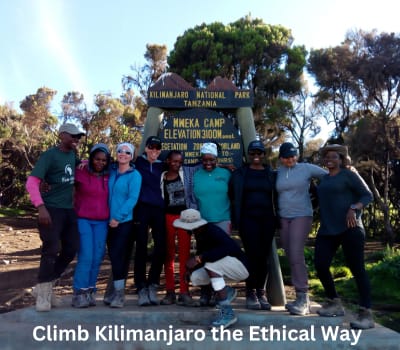
Social Media
Most Popular
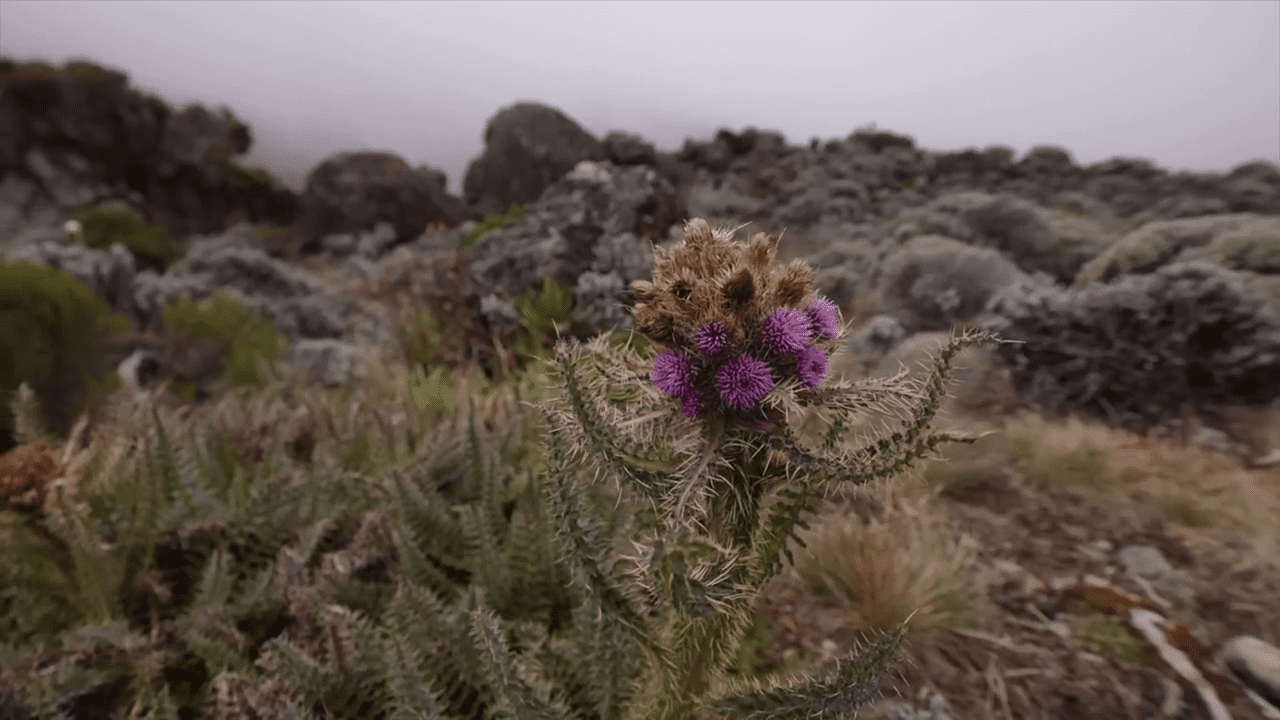
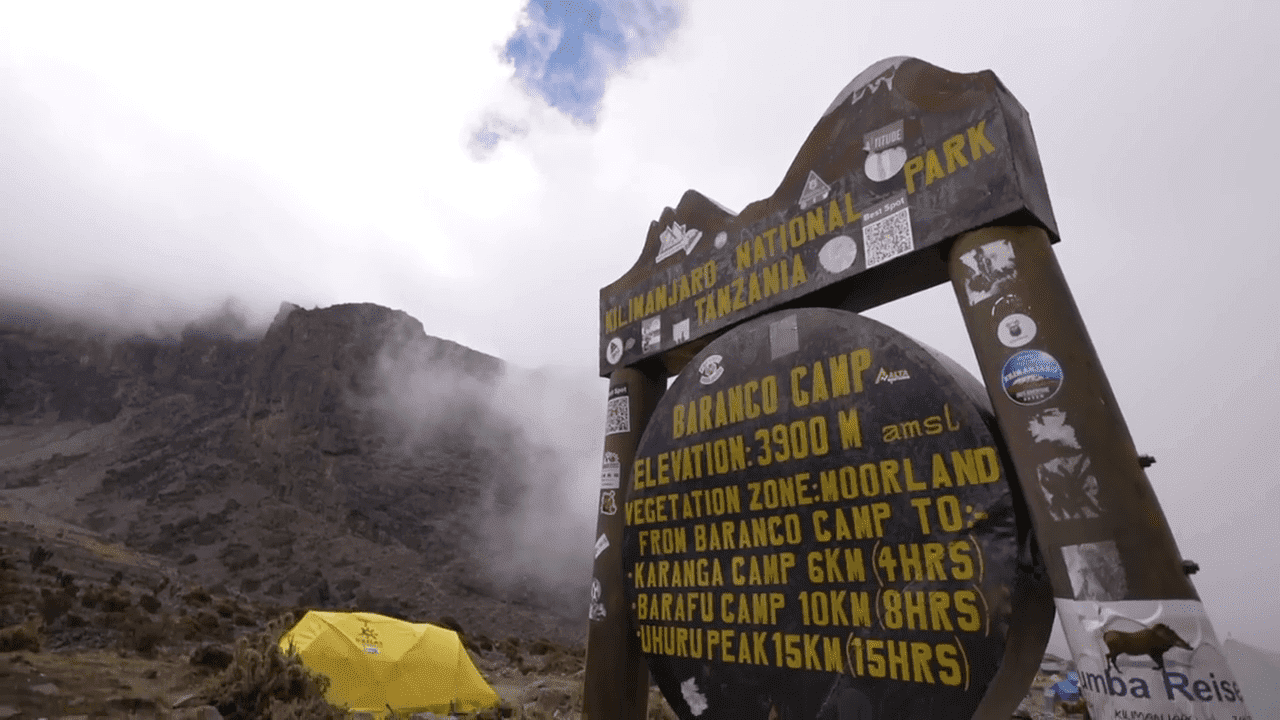
Do I Need to Hire a Guide to Climb Kilimanjaro Africa
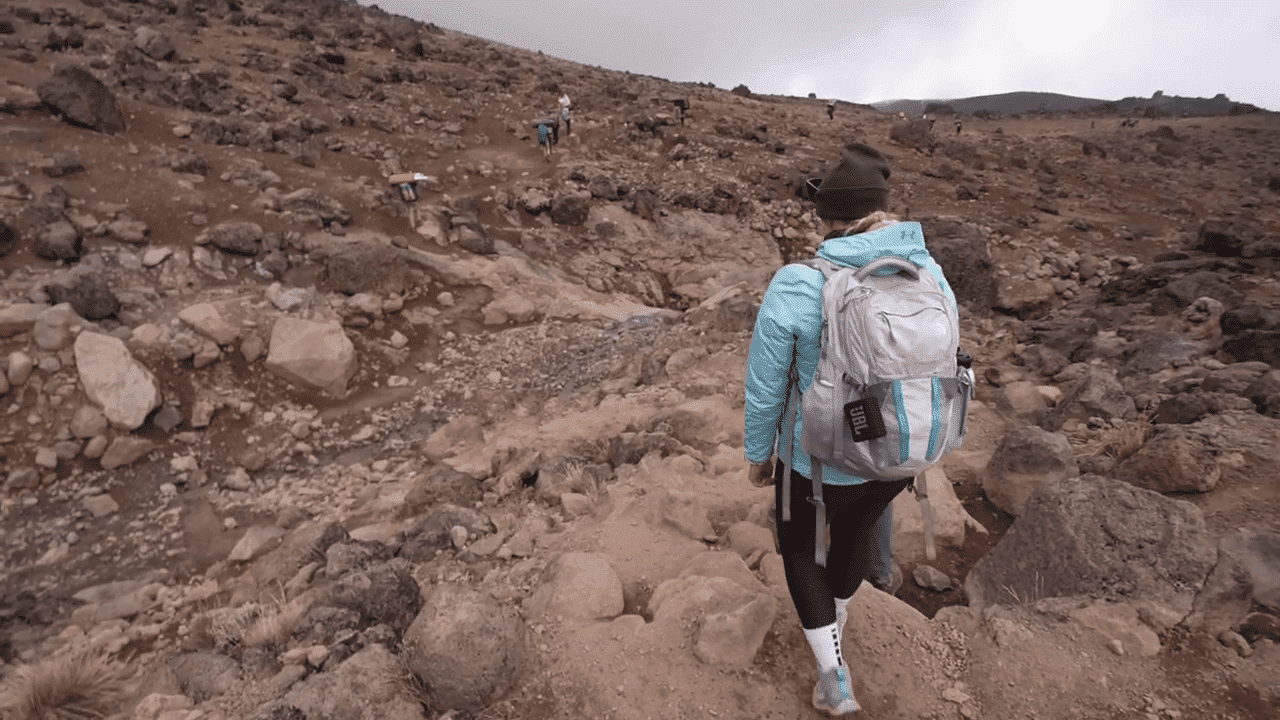
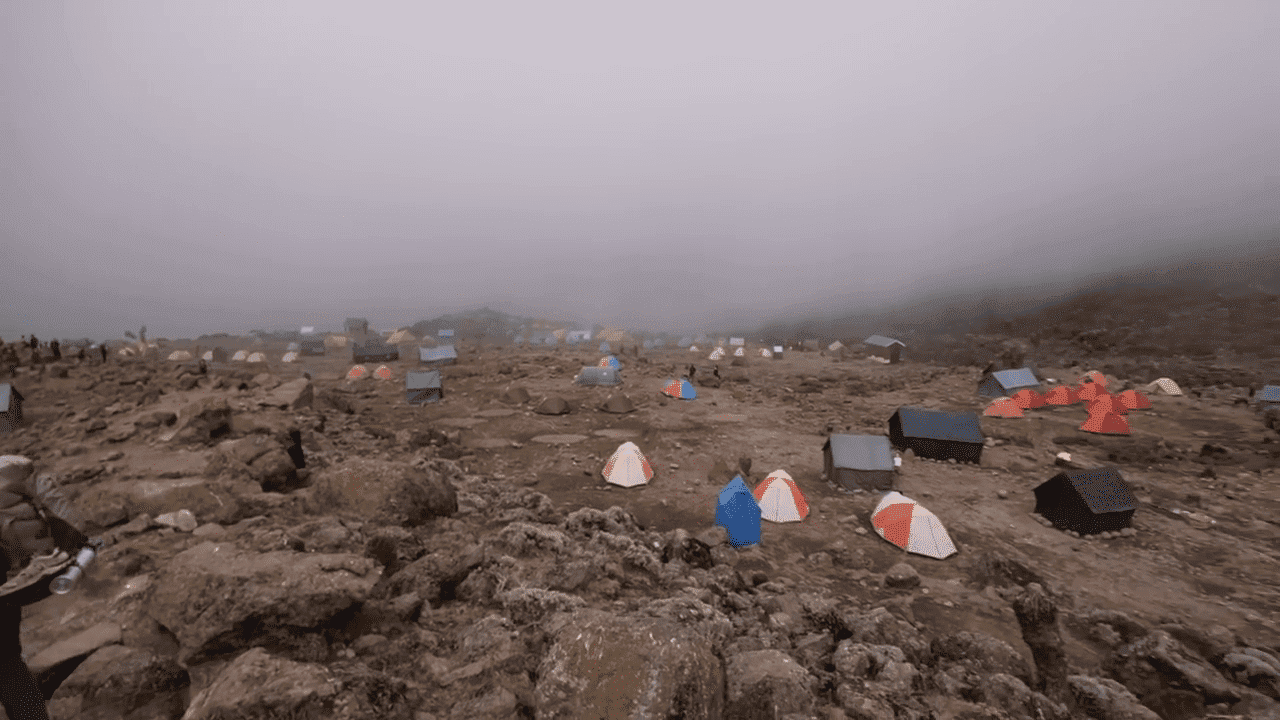
How Do I Find a Qualified Kilimanjaro Guide
Book Your Sustainable Tour
Related Posts

Can a guide’s experience level impact the success of the climb?
Can a guide’s experience level impact the success of the Climb? When embarking on a challenging climb like Mount Kilimanjaro, the expertise and experience of

Do I Need to Hire a Guide to Climb Kilimanjaro Africa
Do I Need to Hire a Guide to Climb Kilimanjaro Africa? Climbing Mount Kilimanjaro in Africa is a dream adventure for many outdoor enthusiasts. As

Are There Specific Certifications That a Kilimanjaro Guide Should Hold?
Are There Specific Certifications That a Kilimanjaro Guide Should Hold? Climbing Mount Kilimanjaro, the highest peak in Africa, is a challenging and rewarding adventure. When

How Do I Find a Qualified Kilimanjaro Guide
How Do I Find a Qualified Kilimanjaro Guide? Climbing Mount Kilimanjaro, the highest peak in Africa, is an exhilarating adventure that requires careful planning and